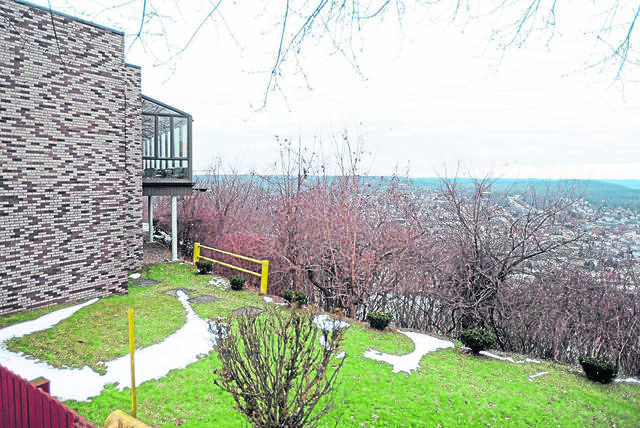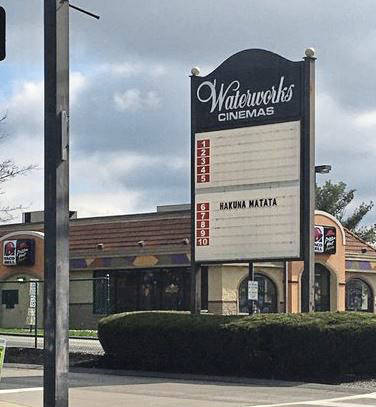Many Pa. indoor venue owners say Wolf's easing of restrictions isn't enough
While many in the hospitality industry cautiously celebrated the coming return of bar service and 2 a.m. last calls, others in the entertainment industry expressed dismay at the comparatively low capacity levels covid-19 restrictions keep them at.
Gov. Tom Wolf on Monday announced he would roll back a slew of mitigation measures effective April 4, including the curfew on alcohol sales and ban on bar service. Restaurants that self-certify their mitigation measures online can operate at 75% capacity. Otherwise, the limit is 50%.
Capacity for other types of businesses will rise too: gyms, malls, museums, personal services and casinos also can bump their limit to 75%. Outdoor event venues can operate at 50% capacity, while many indoor venues are capped at 25%.
Tony Veltre, owner of Veltre’s Wedding and Event Centre in Plum, said while every small bump in capacity helps, the limits still pose problems.
With the new capacity limits beginning April 4, he’ll be able to allow 150 people in the event space, more than his current 90-person limit but far from the regular occupancy limit of 600.
“It’s terrible because you have this big hall sitting here and you can’t do anything with it,” Veltre said. “The thing about a wedding hall is you have to plan four or five months out. You have to get everything ready.”
On March 1, Wolf increased event space capacity limits to 15% for indoor venues and 20% for outdoor venues. Previous restrictions capped the capacity based on the size of the venue.
The new increases are welcome but fall short, said Susan Domasky, president of Ferrante’s Lakeview, an event center in Hempfield.
“Anything that ups the percentage of occupancy would certainly help, but it’s not that much of a jump for us,” she said of the 10 percentage point increase.
The special events venue can host up to 400 people and relied on large-scale events to make a profit. Domasky said the center has lost 80% of its business because of the pandemic. She argued that event spaces should be given the leeway restaurants are receiving.
“I don’t see why, if you can go to a restaurant and have 75%, why you cannot do that here and have the same amount of people,” she said. “I don’t see why we cannot do what the restaurants can do. We feel that we should be able to have more than that 10% jump.”
It’s a sentiment echoed by another victim of the pandemic: Movie theaters.
“We’re being lumped into these event spaces — fairs and carnivals — and we’re not,” said Gina DiSanto, president of the Pennsylvania chapter of the National Association of Theatre Owners. “We’re a retail business.”
She said while the entire theater building may be able to operate at 75% capacity, each movie screening room is relegated to 25% for the time being.
The Department of Health, per its FAQ page on the state’s mitigation measures, includes movie showings in its definition of an event or gathering.
“For example,” the website reads, “events and gatherings include fairs, festivals, concerts or shows and groupings that occur within larger, more permanent businesses, such as shows or performances within amusement parks, individual showings of movies on a single screen/auditorium within a multiplex, business meetings or conferences or each party or reception within a multi-room venue.”
DiSanto said theaters across Pennsylvania are taking strict precautions to minimize the risk, including staggering movie start times to ease lobby and concession stand congestion and blocking off 6 feet in all directions when someone reserves seats.
She said compared to other venues such as water parks, restaurants and casinos, movie theaters present relatively safe circumstances: everyone facing the same direction with masks on, not talking, shouting or laughing.
DiSanto said she hopes movie theaters will see relief in the coming months as new movie releases pick up: “Black Widow” comes out May 7, followed by “A Quiet Place Part II” and “Cruella” on May 28.
Veltre said he, too, is hoping the future holds larger crowds and looser restrictions.
He said he has scheduled a few bigger weddings for June and July, anticipating that occupancy limits will continue to be eased through spring and into summer.
“We don’t know how many people we’ll be allowed to have in the future,” he said. “That’s the hard part.”
Remove the ads from your TribLIVE reading experience but still support the journalists who create the content with TribLIVE Ad-Free.


